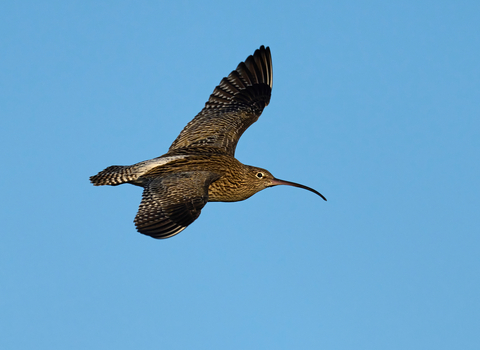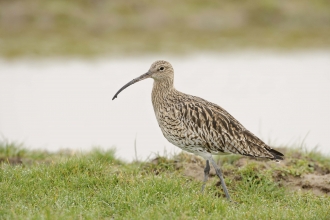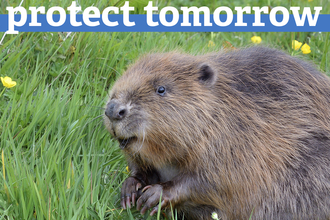The Eurasian curlew is a very large, tall wader, about the same size as a female pheasant. Its haunting display call ('cur-lee') is unmistakable and can be heard from February through to July on its breeding grounds - wet grasslands, farmland, heath and moorlands. From July onwards, coastal numbers start to build up, peaking in January.
Curlew in the UK are of international importance, with around 30% of the western European population wintering in the UK. And yet, there have been worrying declines in the breeding population throughout much of the UK. In 2021, curlews were added to the Red list on the UK Conservation Status Report. Red is the highest conservation priority, with species on this list needing urgent action. Curlews are struggling, with big declines in breeding populations and ranges.
In response Cheshire and Staffordshire Wildlife Trusts, RSPB, and the Peak District National Park have joined forces to set up the South West Peak District Curlew Recovery Project, which was launched on World Curlew Day this year. The organisations will work together to bring curlew back.
Our project area cover land from Lyme in the north through to the Staffordshire Moorlands in the south and from Macclesfield in the west to Buxton in the east. Curlew populations have been historically strong in these areas and we want to build on existing work to ensure their future.
We are looking for help in three ways: people who will record when and where they see curlew; landowners who would like to make their land more curlew friendly and communities who want to make the curlew part of their culture.
How to get involved
There are three different ways you can help bring curlews back to the South West Peak District:
- Record your sightings - Use our curlew app to recording sightings while you are out and about in the South West Peak District. Watch our launch meeting back (from here) for instructions of how to do this, or download the irecord app or register with irecord here. Alternatively, email us to tell us where and when you saw the curlew and whether it was flying, calling or on the ground.
- Make space for curlew on your land - If you are a landowner who wishes to work for curlew on your land you can help in two ways. Carry out a wader survey on your farm and begin monitoring curlews on your land or to make your land more curlew friendly - contact us directly and we can arrange a follow call to discuss how we can help you.
- Celebrate curlews in your community - If you want to get involved through your community or you want to engage people through art then contact us directly and we can arrange a follow call to discuss how we can help you.








